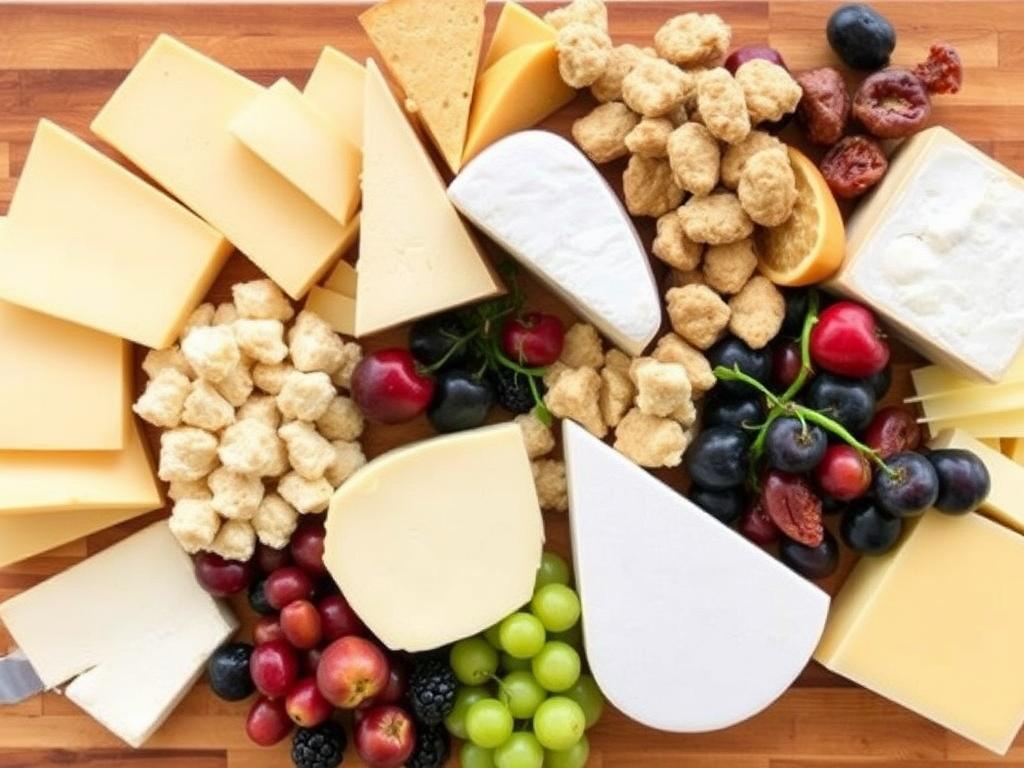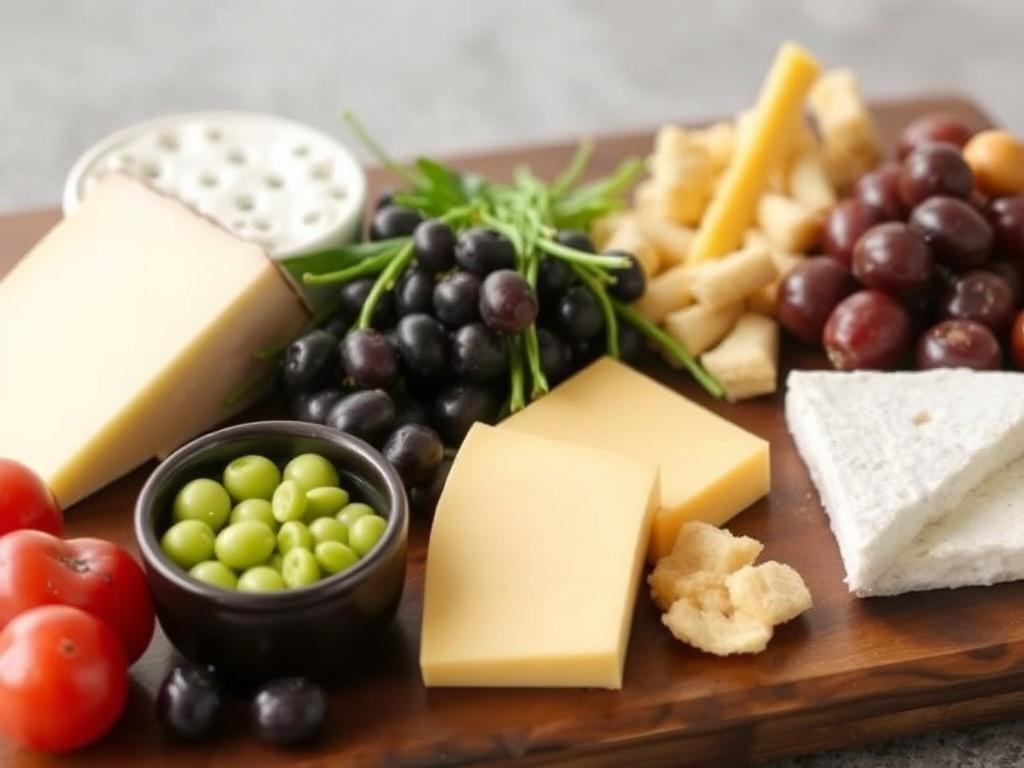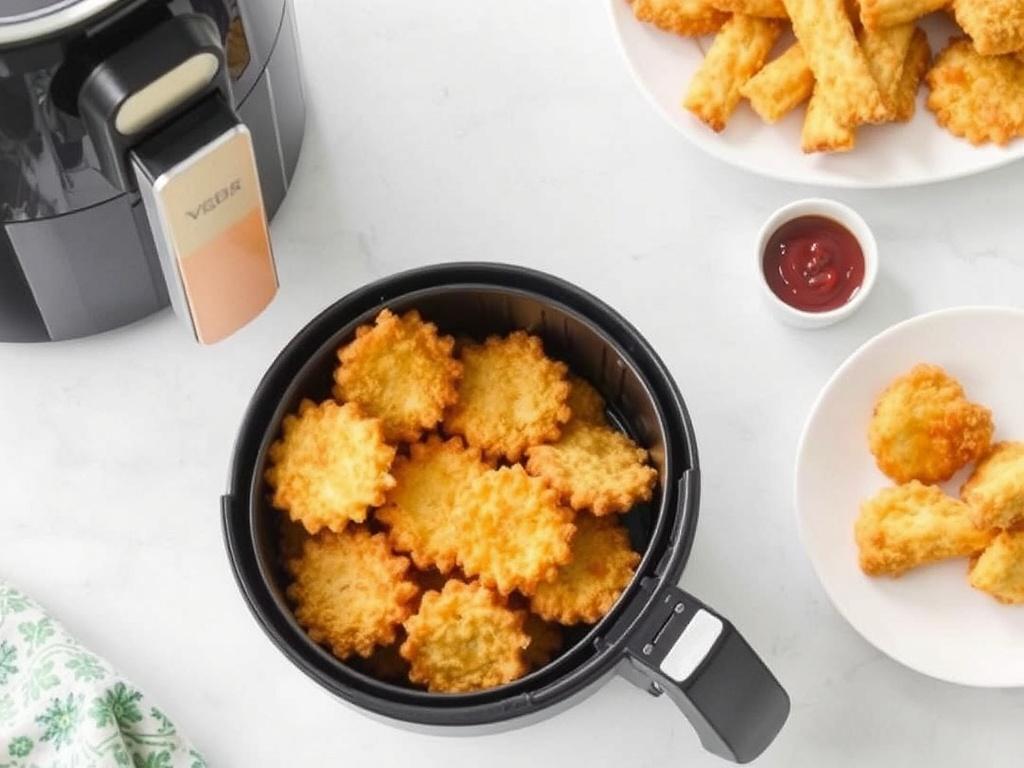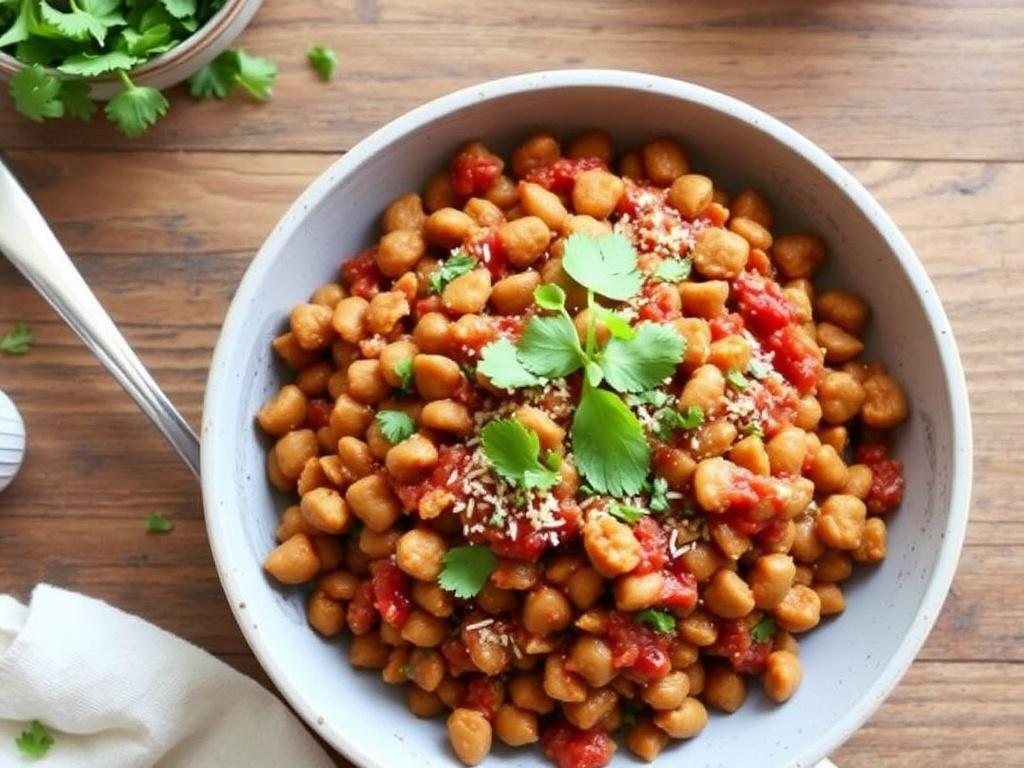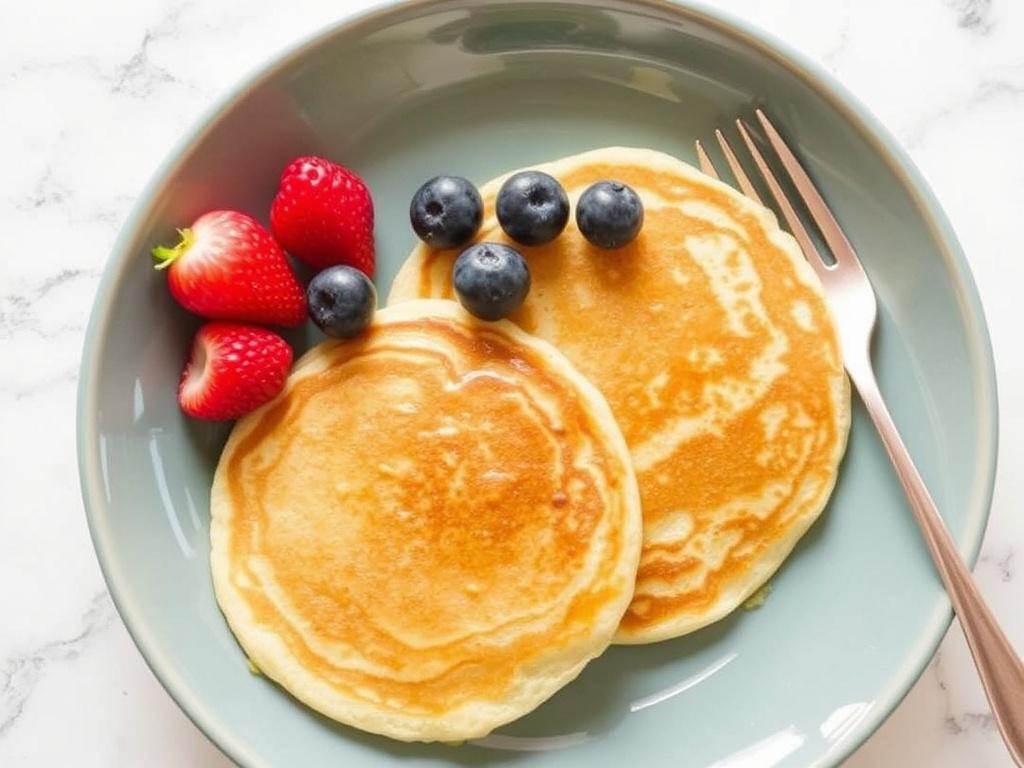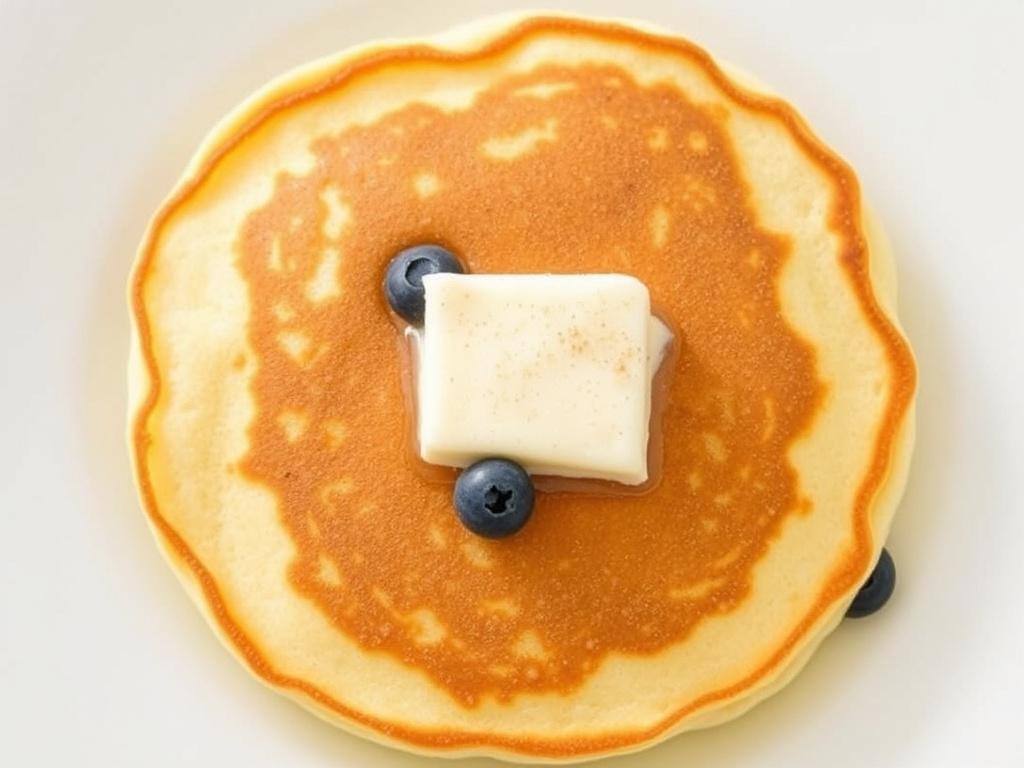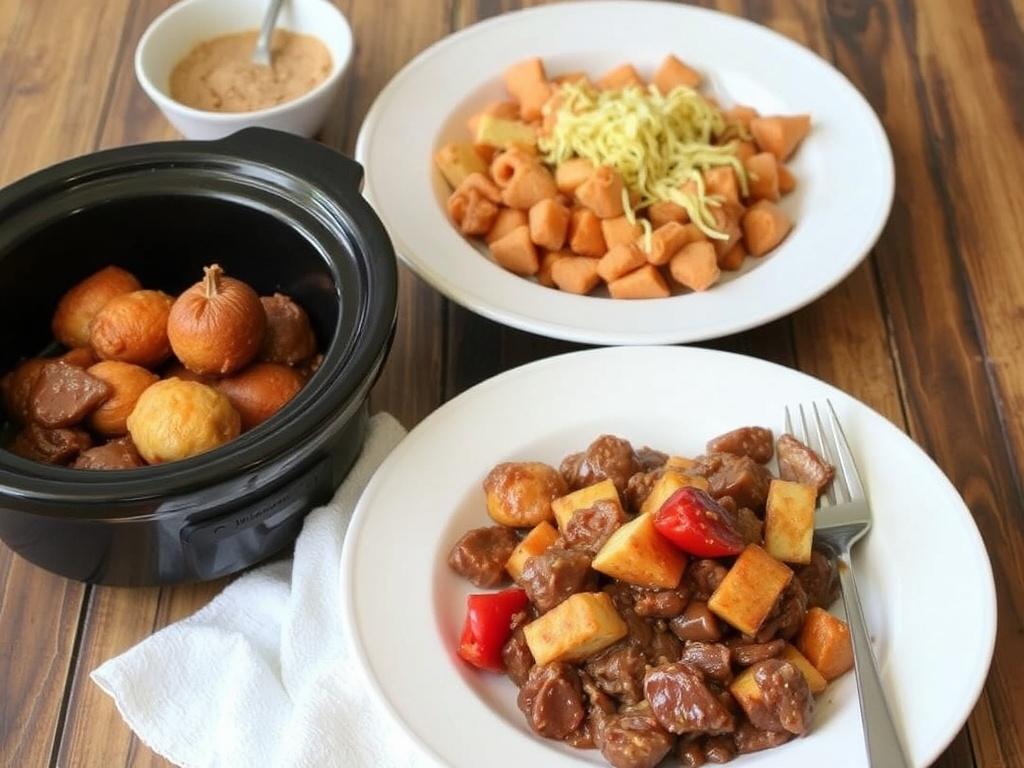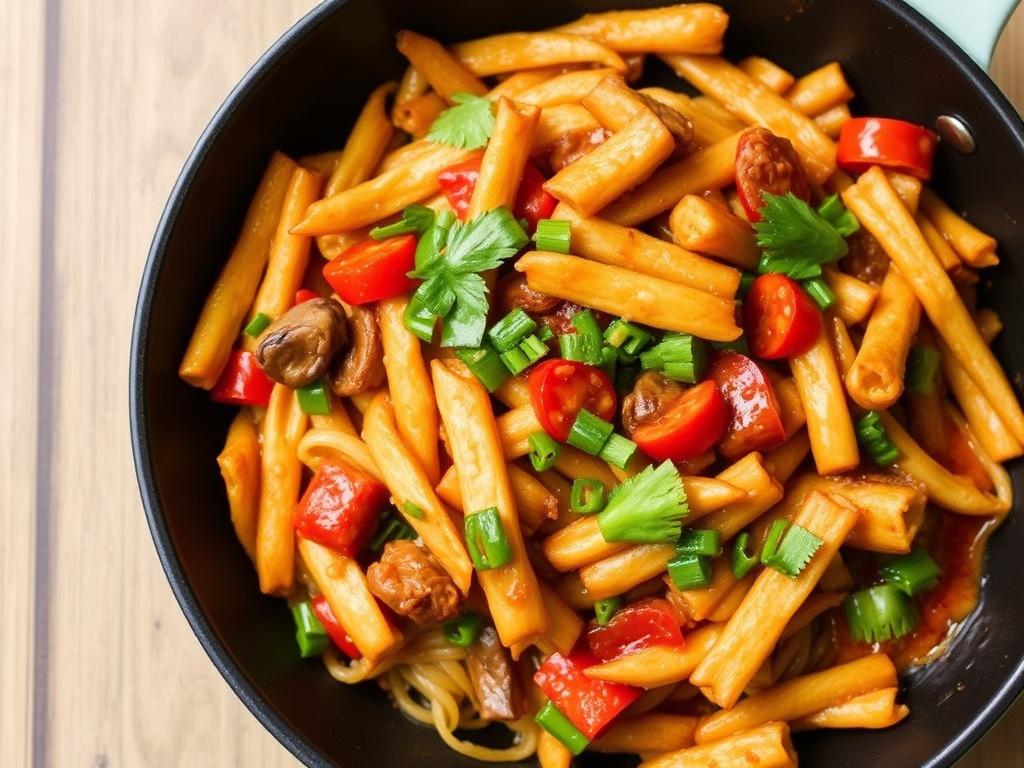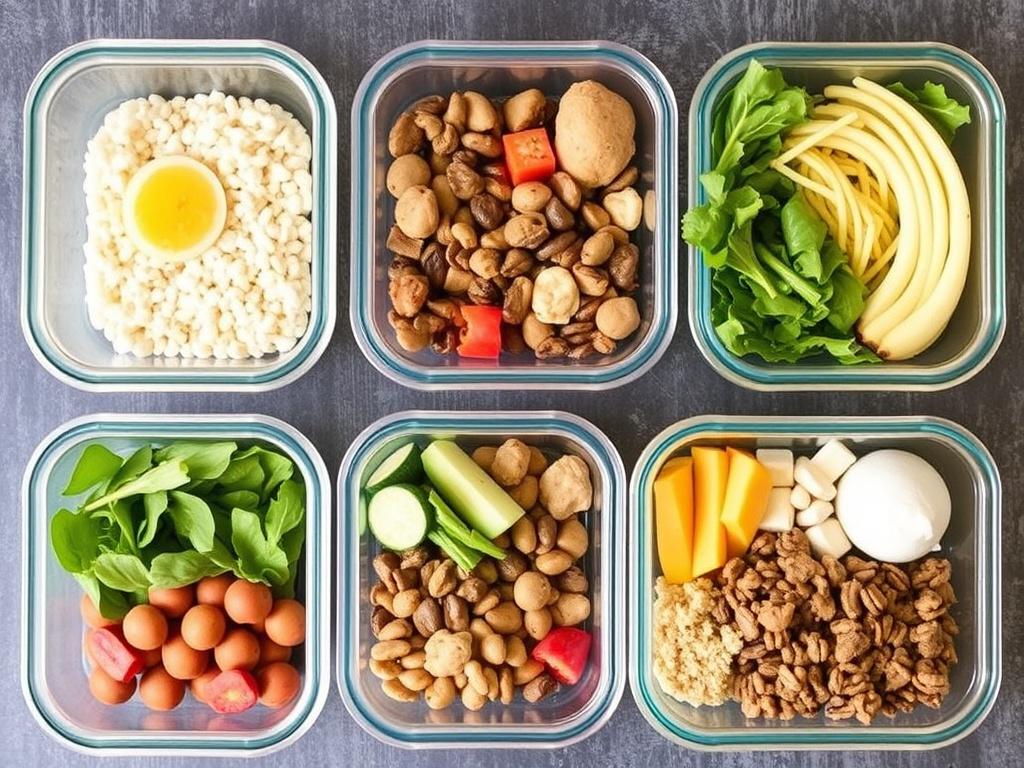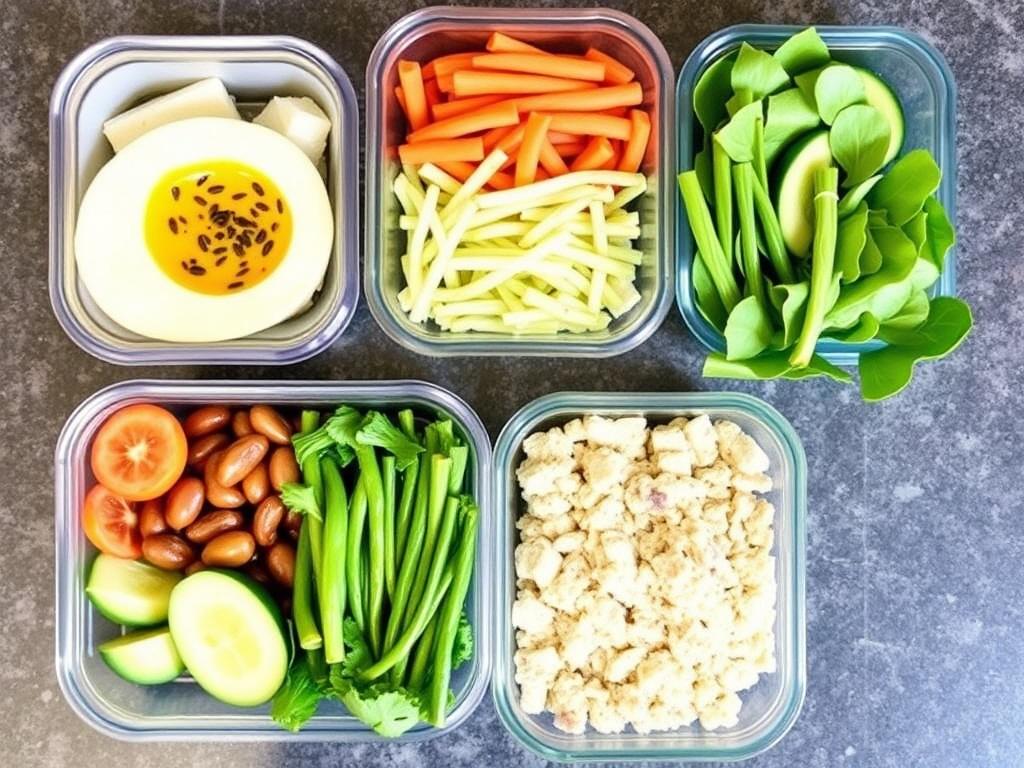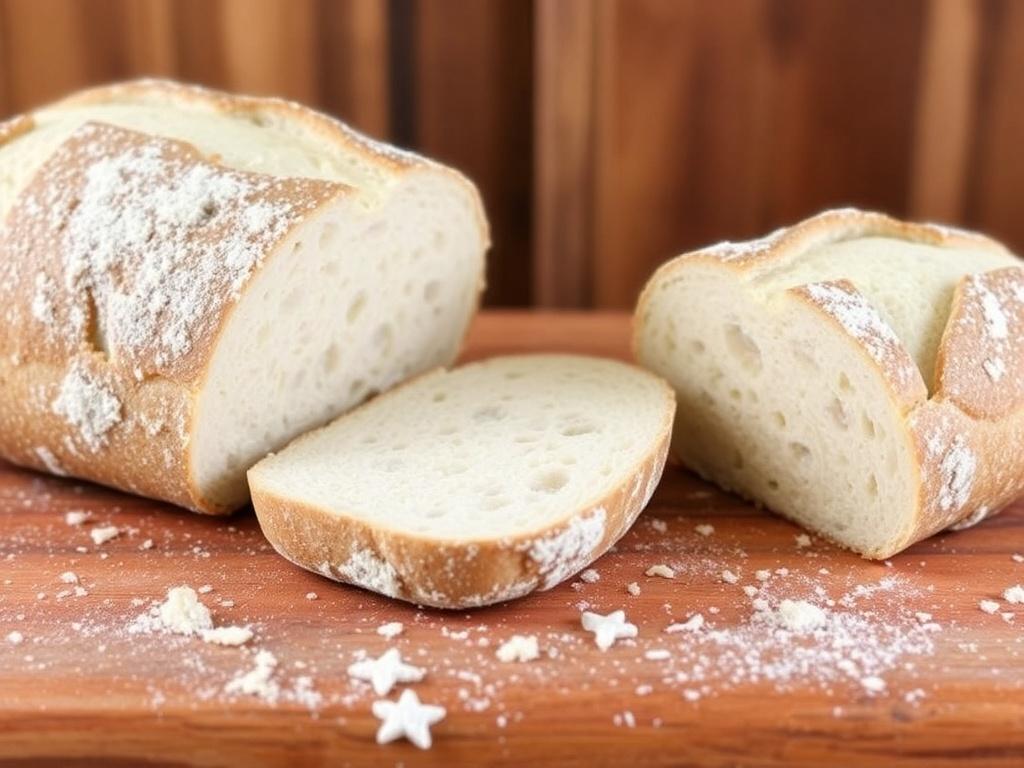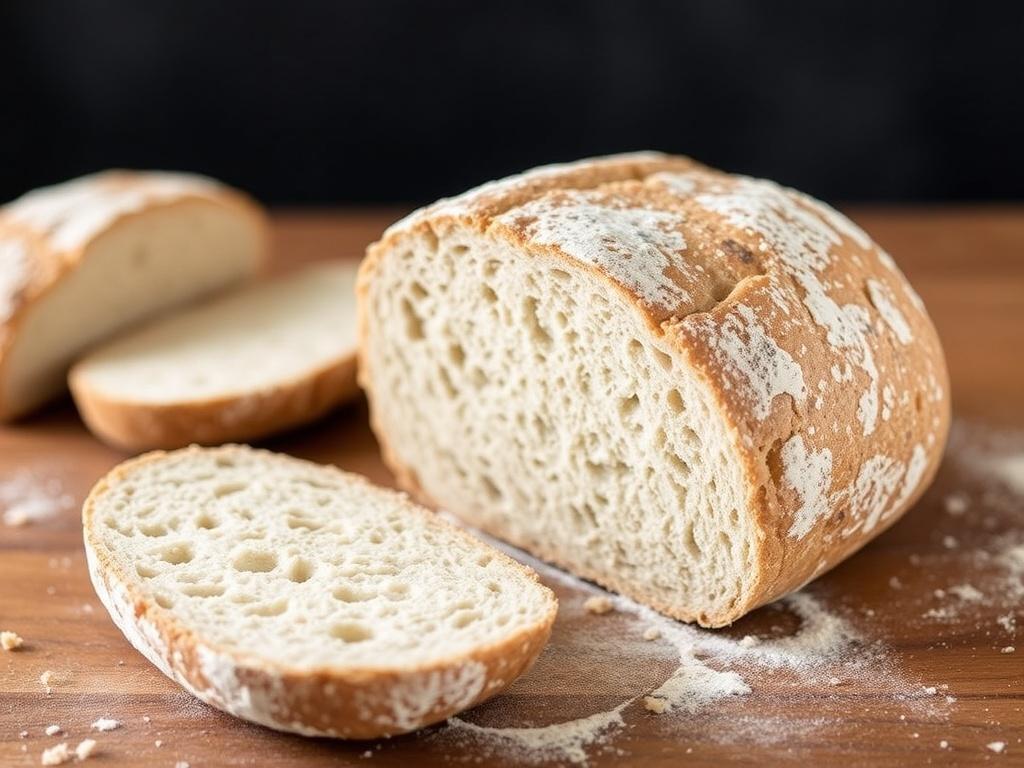Homemade Thai Curry in 30 Minutes: Big Flavor, Small Fuss
There’s something irresistible about a steaming bowl of curry that carries sweet coconut, spicy chili, and bright lime in each spoonful. This recipe for Homemade Thai Curry in 30 Minutes proves you don’t need hours or exotic equipment to get close to those layered flavors. With a handful of pantry staples, a good curry paste, and a clear plan, you can have dinner on the table while rice finishes steaming. I’ll walk you through essential ingredients, timing, quick swaps, and ways to tailor the dish to whatever protein or vegetables you have on hand. Expect practical tips, a step-by-step timeline, and a few personal notes from my own kitchen experiments.
Why this approach to Thai curry works
Fast does not have to mean shallow. The method I use focuses on building flavor in three short stages: bloom, simmer, and finish. Blooming the curry paste in oil and aromatics releases essential oils and intensifies the paste’s complexity; a short simmer in coconut milk allows flavors to marry; finishing with acid and fresh herbs adds brightness that tricks the palate into thinking the dish simmered for hours. Each stage takes minutes, but together they create depth. This structure is the backbone of any good quick curry and is especially useful when preparing a quick curry for weeknight meals.
Another reason this recipe succeeds is planning. Mise en place—prepping vegetables, measuring liquids, and having garnishes ready—saves time and prevents overcooking. The ingredient list emphasizes versatile components that appear often in international cuisine, like fish sauce, lime, and cilantro, which you may already stock. With a reliable pantry and a clear order of steps, the 30-minute target becomes realistic instead of aspirational. I find this approach turns what could be rushed chaos into a calm, focused cooking session.
Essential ingredients and pantry staples
For a balanced Thai curry you need five flavor pillars: curry paste, coconut milk, aromatics, seasoning, and fresh finish. Curry paste brings spice and fragrant herbs; use red, green, or yellow depending on the heat and character you want. Coconut milk adds creaminess and sweetness, while fish sauce and palm sugar (or brown sugar) supply savory umami and subtle caramel notes. Lime juice, basil, and cilantro at the end introduce the acidity and herbal lift that make Thai curry sing.
Keep these staples on hand for fast dinners: good-quality curry paste, canned full-fat coconut milk, fish sauce, palm or brown sugar, long-grain rice or jasmine, garlic, shallots, and limes. Fresh chilies, Thai basil, and kaffir lime leaves are excellent but optional—dried substitutes or extra lime and cilantro still produce great results. This balance of pantry fixtures and a few fresh touches is how international cuisine flavors can be summoned quickly in a home kitchen.
Ingredient table (serves 4)
Below is a compact table to guide quantities. Adjust protein and veg as you like; the liquids remain similar.
| Ingredient | Amount |
|---|---|
| Curry paste (red/green/yellow) | 2–3 tbsp |
| Full-fat coconut milk | 2 cans (800 ml) |
| Protein (chicken, tofu, shrimp) | 500 g |
| Vegetables (bell pepper, eggplant, snap peas) | 3 cups chopped |
| Fish sauce | 1.5–2 tbsp |
| Brown sugar or palm sugar | 1 tbsp |
| Lime juice | 1–2 tbsp |
| Fresh herbs (cilantro, Thai basil) | A handful each |
Equipment and mise en place
No special wok required; a heavy skillet with a lid or a medium saucepan works perfectly. A sharp knife, cutting board, measuring spoons, and a wooden spoon are the next essentials. For rice, a small pot or rice cooker is helpful because it allows the curry to finish while grains steam. A timer is useful to keep the 30-minute promise honest—set it for small milestones so you don’t lose track of the simmer stage.
Mise en place is the unsung hero of quick recipes. Chop vegetables into similar-sized pieces so they cook evenly. Measure out the curry paste and fish sauce into a small bowl, thinly slice any chilies you’ll use for garnish, and have your herbs washed and spun dry. When everything is ready, the stove choreography becomes simple and the cooking goes fast. My busiest nights improved dramatically after I committed to this small ritual.
Step-by-step: How to make this curry in 30 minutes
The timeline below is designed for a single cook. Start the rice or noodles first; they take the longest and finish with the curry. While the rice is warming, begin the curry. Heat oil over medium heat, add the curry paste and aromatics—garlic and shallot—and sauté for 1–2 minutes to bloom flavors. Pour in half of the coconut milk, bring it to a gentle simmer, then add protein and firm vegetables because they need more time to cook.
After 6–8 minutes of simmering, stir in the remaining coconut milk, softer vegetables, and seasonings: fish sauce and sugar. Keep the heat to a gentle bubble; aggressive boiling splits coconut milk and dulls flavor. Finish by turning off the heat and adding lime juice and herbs so they retain brightness. If you follow the timing and sequence, the whole process aligns: rice finishes, curry rests for one minute, and you serve a hot bowl of layered flavor within 30 minutes.
Quick step list
This concise list mirrors the timeline and helps with flow:
- Start rice or noodles.
- Sauté paste and aromatics in oil, 1–2 minutes.
- Add coconut milk and simmer; add protein and firm veg.
- Add remaining coconut milk, softer veg, fish sauce, sugar; simmer 6–8 minutes.
- Finish with lime and herbs, serve with rice.
Vegetarian and protein variations
Thai curry adapts beautifully to different proteins. Chicken breast or thigh works well: thin slices cook quickly and absorb curry flavor. Shrimp requires less time—add them in the last 3 minutes of simmering. Firm tofu soaks up sauce; sear cubes briefly before adding them to maintain texture. For a heartier vegetarian option, use a mix of eggplant, sweet potato, and mushrooms. Each choice alters texture and mouthfeel, but the sauce remains the unifying element.
For plant-based eaters, replace fish sauce with tamari and add a teaspoon of miso paste for depth, or use vegan fish sauce alternatives made from seaweed. Coconut milk and sugar keep the dish rich and balanced even without animal products. I often make a quick curry with tofu and a mix of bell peppers on busy nights; pressing the tofu ahead for a few minutes reduces water and makes it more absorbent, which I learned from repeated trial. These small adjustments make the dish satisfying across dietary needs.
Authentic flavor fast: tips and shortcuts
Authenticity is about balance, not exact replication. A few techniques accelerate authenticity without long prep. Toasting the curry paste briefly in oil is a shortcut to complex aroma. If you have kaffir lime leaves, bruise them and add early; they lend a citrus backbone that compensates for shorter cooking. Using full-fat coconut milk prevents a watery sauce and gives mouth-coating richness that makes the curry feel more luxurious than the time invested suggests.
When fresh Thai basil or lime leaves aren’t available, a generous squeeze of lime and a few basil-like herbs (torn sweet basil or even mint in a pinch) bring the necessary lift. For heat control, mix a small amount of paste with coconut milk first to gauge spiciness before adding the rest. I prefer slightly less heat for weeknights and add sliced fresh chilies at the table for those who want to ramp it up. Little finishing gestures make a quick curry feel deliberate and refined.
Serving suggestions and pairings
Jasmine rice is the traditional and most compatible pairing; its floral aroma complements the curry’s richness. Sticky rice works well with thicker yellow or Massaman-style curries, while rice noodles can turn the dish into a saucy, slurpable meal. A simple cucumber salad with rice vinegar, sugar, and sliced shallots provides a crunchy, acidic counterpoint. In international cuisine contexts, I sometimes serve the curry with a side of lightly sautéed greens or a small baked sweet potato for a fusion touch.
Presentation elevates the experience: spoon curry over rice in shallow bowls, scatter herbs and thinly sliced chilies on top, and provide lime wedges on the side. For a family-style meal, keep garnishes separate so everyone can adjust spice and acidity. Serving in warm bowls also helps keep the curry hot longer and enhances the aromatic experience as steam carries those fragrant notes into the room.
Make-ahead, storage, and reheating
While this recipe is designed for immediacy, it stores well. Refrigerate cooled curry in an airtight container for up to three days. Flavors often deepen overnight as the paste and aromatics continue to meld, so leftovers can be even better. Freeze in portions for up to two months; coconut milk can separate slightly upon thawing but the texture returns with gentle reheating. Label containers with date and protein to avoid confusion later.
Reheat over low heat with a splash of water or coconut milk to restore silky texture; avoid high heat which can curdle the coconut and toughen proteins. Add fresh herbs and lime after reheating rather than during storage; they lose vibrancy in the fridge. When reheating frozen curry, thaw overnight in the refrigerator for the best texture and even warming. These practices keep your quick curry tasting fresh even on a second night.
Nutrition and easy swaps
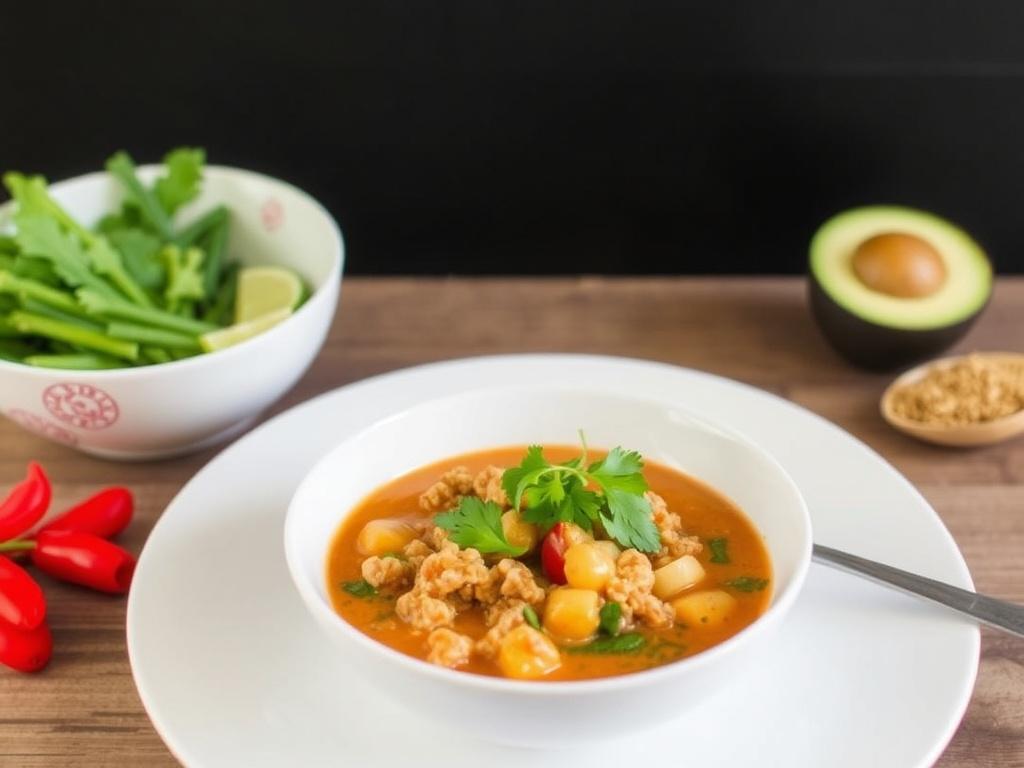
Calories in Thai curry vary widely with coconut milk and protein choice. Using light coconut milk reduces calories but also thins texture; balance that by adding a small amount of almond milk for creaminess if desired. Increase vegetables to add fiber and volume without many calories—bell peppers, green beans, and leafy greens fold in well. Protein can be lean (chicken breast) or richer (salmon, coconut-braised tofu), depending on dietary goals.
For gluten-free eating, confirm that your curry paste and fish sauce are gluten-free; many are, but always check labels. Sodium can be moderated by reducing fish sauce and relying more on lime and herbs for flavor lift. If tracking macros, count coconut milk in your fat totals and choose protein portions accordingly. Small adjustments make this quick curry fit a wide range of nutritional plans without sacrificing taste.
Personal notes, common pitfalls, and troubleshooting
I’ve burned curry paste more than once, which taught me to lower the heat and watch closely during the bloom stage. Browning too quickly turns those aromatic oils bitter; a gentle sizzle releases aroma without charring. Another recurring problem is curdled coconut milk—this usually happens when the heat is too high; easing to a low simmer fixes it. These are small kitchen lessons that help keep the 30-minute goal stress-free rather than rushed.
Texture mismatches are common on the first attempt: overcooked vegetables or undercooked protein. To prevent that, add ingredients in order of cooking time. Firm vegetables and raw protein go in early; quick-cooking items like shrimp and delicate herbs finish the dish. When you follow the timing and sequence, the curry comes together neatly, and dinner becomes a pleasure instead of a scramble.
Quick troubleshooting checklist
- Too spicy: add coconut milk or a pinch of sugar to tame heat.
- Too salty: balance with acid—lime juice—or a teaspoon of sugar.
- Watery sauce: simmer uncovered briefly or add a small spoon of curry paste.
- Coconut milk split: reduce heat and stir gently to recombine.
Final serving ideas and encouragement
Homemade Thai Curry in 30 Minutes is more than a time-saving trick. It’s a template for turning pantry staples into something bright, comforting, and layered. Once you understand the core stages—bloom, simmer, finish—you can improvise confidently, swap ingredients, and still achieve consistent results. Invite friends over for a casual curry night or make a solo bowl and savor the moment; both are equally satisfying.
Cooking quickly does not mean cutting corners on flavor. With a little planning and these techniques, you can keep international cuisine vibrant in your weekly rotation without long cook times. Try this recipe on a busy evening—you’ll see how a few intentional steps transform simple ingredients into a dish that tastes much more expensive than the effort. Then adjust to your taste and make it your own.

